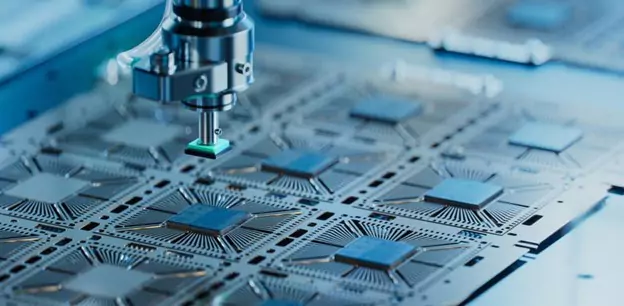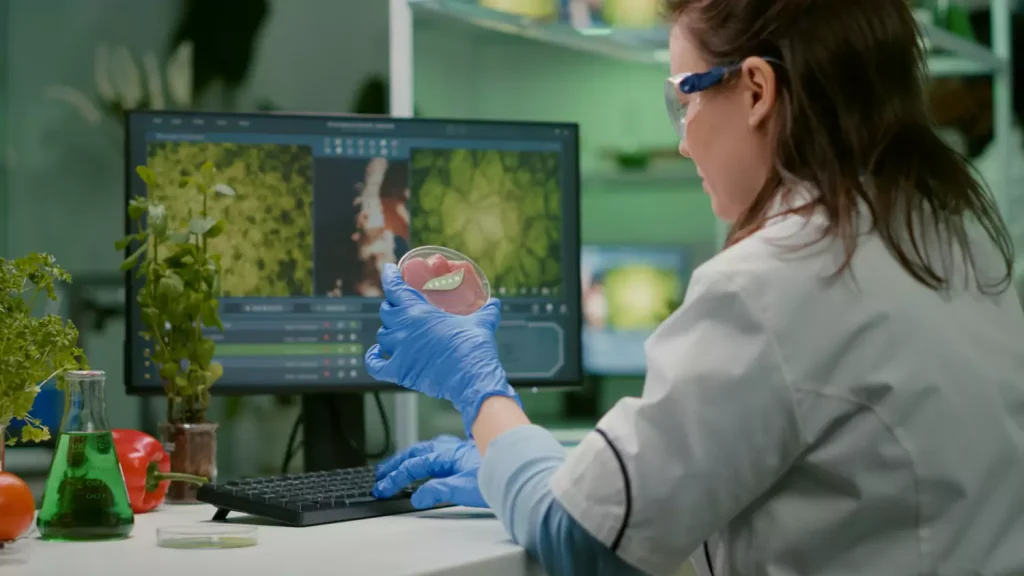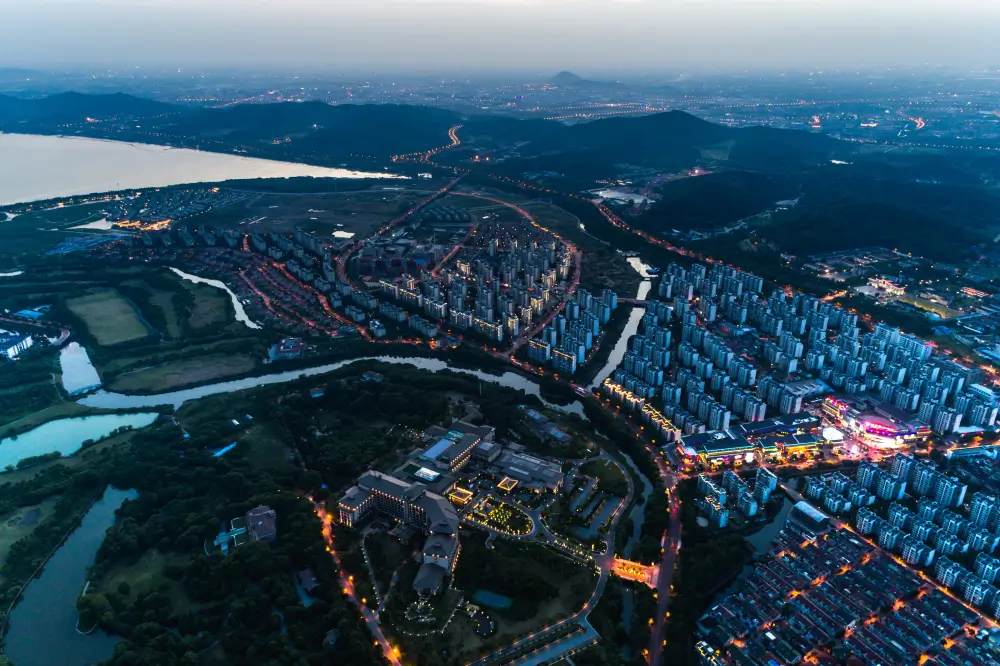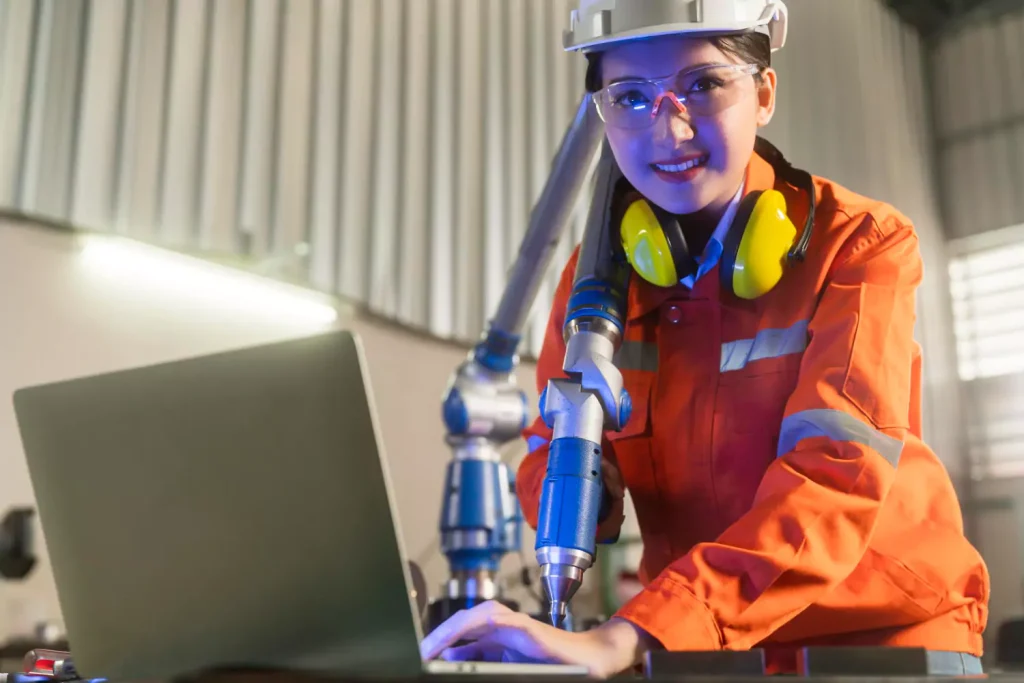The global semiconductor industry is at the center of an escalating rivalry between major powers, primarily the United States and China. Semiconductors are essential components in modern technology, fueling everything from smartphones and laptops to artificial intelligence (AI) systems and autonomous vehicles. As demand for chips surges due to advancements in AI, 5G, and the […]
Bioinspired Innovation: Harnessing Nature’s Wisdom to Address Current Challenges
Nature has always been a primary source of inspiration for our ideas and innovations. From a poem contemplating the beauty of autumn to a 16th-century visionary who drew the first plans for human flight from birdwatching, we have always looked to nature for guidance. The deliberate use of nature for technological advice on many of […]
Smart cities: a far-fetched utopian dream or a promising vision for the future?
The concept of smart cities is rapidly evolving. The diverse experiences of cities such as Sejong, Sentosa, Songdo, and Lavasa serve as blueprints for a successful city. This article analyzes their visions, strategies, best practices, and missteps to uncover insights for the future of smart urban development. Navigating Smart City Realities and Ambitions Smart cities […]
The Impact of Emerging Technologies on Skilled and Unskilled Labor
There is a growing concern that AI and robotics will lead to the replacement of human labor. Technology is evolving rapidly, and the adoption of advanced technologies is creating markets with changing demands. These advanced technologies allow for information to travel quickly and spread widely. To maintain a competitive workforce, developing and improving human capital […]
Regulatory Sandboxes: Fostering Innovation
Recent technological advancements have increased the pace of innovation and progress, transforming industries from finance to healthcare to transportation. However, as these new technologies emerge, they often outpace existing regulatory frameworks, posing challenges for businesses seeking to implement innovative solutions. Many recent technologies, such as generative AI solutions, are not bound by any regulation worldwide. […]
Precision Agriculture: Accuracy promotes success
Precision Agriculture (PA) is a farming methodology that uses data and technology to optimize input management, making farming more efficient and productive. This article shows how accuracy promotes success by presenting the different precision agriculture technologies, their applications, and their key benefits. In the United States, advanced farming technologies are widely adopted. Over 25% of […]
How Fintech Is Transforming Financial Inclusion in Mexico
Fintech is disrupting the financial services industry by creating a digital alternative to traditional institutions. Fintech companies use innovative technologies and data analytics to facilitate access to banking and financial services, including payments, loans, and insurance. There is still a significant percentage of the world’s population that is excluded from the financial ecosystem and does […]
Navigating the future of autonomous vehicles
Furthermore, Autonomous vehicles (AVs), also known as self-driving or driverless cars, are shaping the future of autonomous vehicles and becoming increasingly common on city streets around the world. Moreover, developers of these vehicles are striving to provide drivers with a safe, comfortable, and hands-free experience, pushing the boundaries of comfort and safety in road travel. […]
ROBOTS: Everything you need to know from myths to mind-blowing technologies and disturbing realities
Robots are not what we once thought. They are more than those humanoid creations with odd speech patterns, and they are definitely not as evil as depicted in science-fiction movies like The Terminator (1984) or in novels like Frankenstein’s artificial lifeform monster. Although the now real “killer robots” are making us question whether our subconsciously […]
How can artificial intelligence be used to help with recruitment and talent selection?
Artificial intelligence is an integrative discipline that simulates human aptitudes and cognitive behavior. In other words, intelligent systems imitate human aptitudes in order to execute complicated tasks that are outside the limits of human cognitive competence while removing errors and reducing risks of bias that are commonly linked to human beings. There are several established […]









